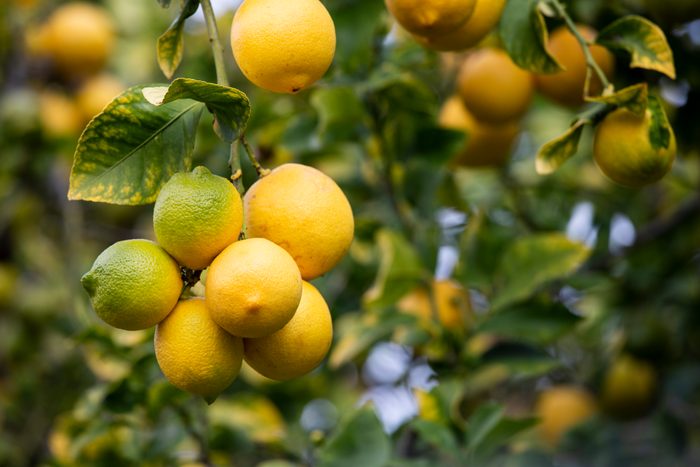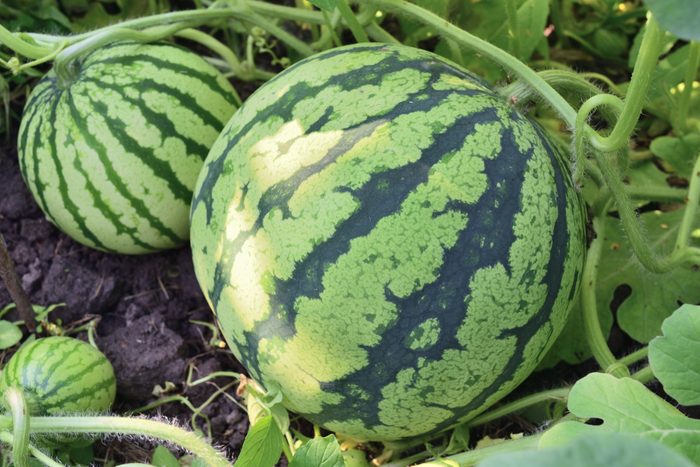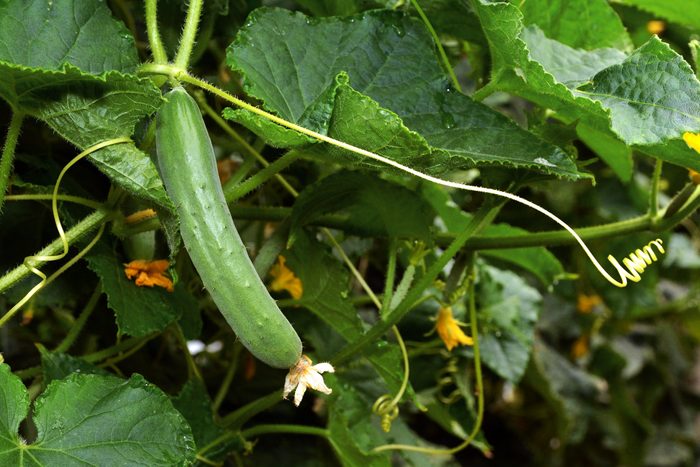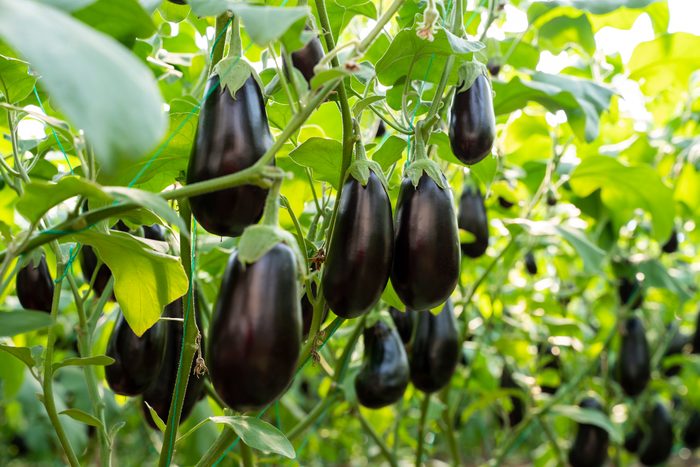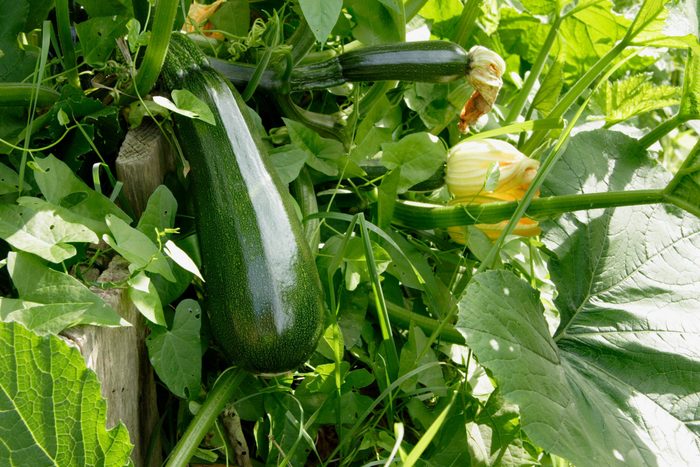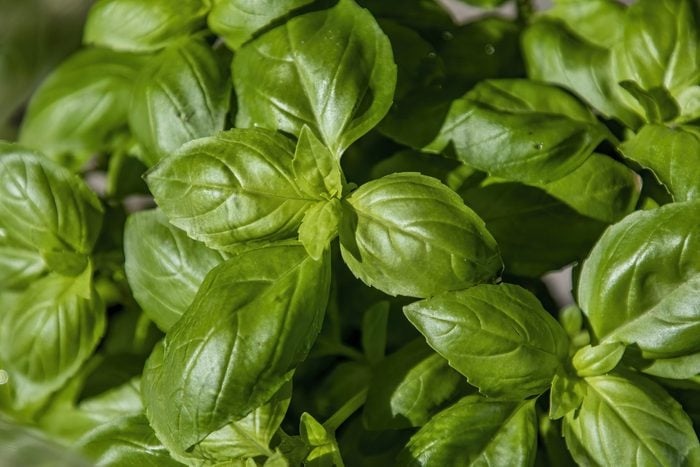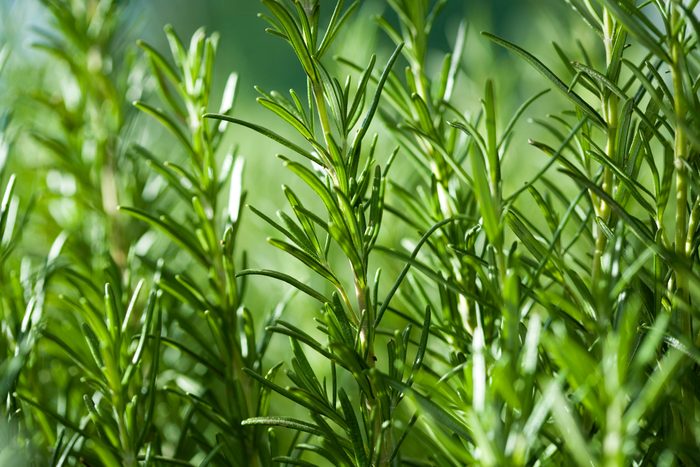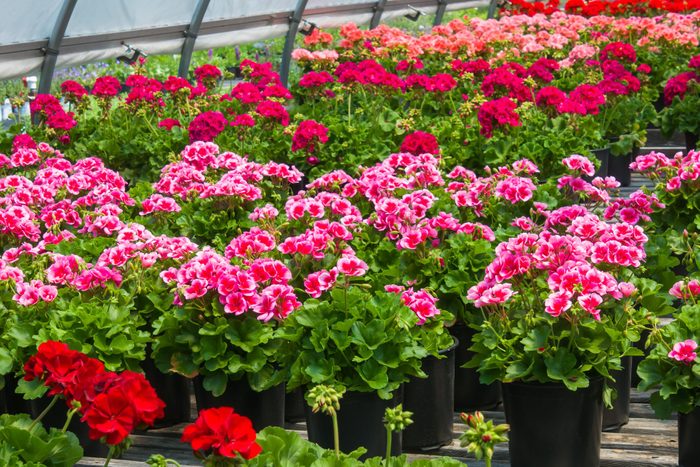Citrus Trees
Growing citrus trees to fruiting size can be difficult in short-season gardens, but they’re an ideal plant for a greenhouse with abundant sunshine and warm temperatures. Many citrus trees also bloom in winter, and the greenhouse protects these flowers from freezing.
- Grow citrus trees in pots or directly in the ground if your greenhouse has a specific in-ground planting area.
- Start with small trees from specialty nurseries like Logee’s Plants for Home and Garden. Note their mature size before placing your order.
- Fertilize citrus trees once a week with a soluble organic fertilizer.
- Citrus trees need a minimum temperature of 45 to 50 degrees, so your greenhouse will need supplemental heat in the winter.
Tomatoes
Love tomatoes but live too far north to grow them? Some gardeners start tomatoes in a greenhouse, then move them outside after the danger of frost has passed.
- Unless you want tomato vines all along your greenhouse walls and ceiling, choose dwarf, container-friendly varieties like All-America Selection winner ‘Purple Zebra.’
- Determinate (aka bush) tomatoes, like early-maturing Oregon Spring, are another good choice. They also grow shorter and produce their entire crop in a short period.
Here’s more advice for growing tomatoes to produce the best harvest.
Hot or Mild Peppers
Like tomatoes and eggplants, peppers are part of the Solanaceae or nightshade family. They need warm temperatures, long days and a long season to bring fruits to maturity. In a short-season climate, a greenhouse solves these problems.
- Sweet peppers, like popular bell peppers, usually only grow 3- to 3-1/2-feet fall and 15- to 18-inches wide. Hot peppers usually grow from one to five feet tall depending upon the variety. Jalapeño peppers produce a lot of fruit on a smaller plant, growing two to three feet tall and 16- to 18-inches wide, so they’re ideal for containers. You only have so much room in a greenhouse, so smaller, high-production plants are better.
- Try to choose varieties with high yield and disease resistance.
- Some peppers like ‘Pot-a-peno‘ or ‘Candy Cane Chocolate Cherry were specially trialed to grow in containers.
- With bell peppers, you need support like tomato cages to keep the fruit up and off the planting bench.
- Sweetie Pie is a miniature sweet bell pepper that doesn’t need staking.
Melons
Like the other plants on this list, melons require six to eight hours of sunlight and heat for their vines to grow, flower and fruit. Watermelons, muskmelons (cantaloupe) and honeydew can all be grown in greenhouses.
- Melons need well-drained neutral soil, so grow them in containers with good organic potting soil.
- Melons are another group of vining plants that can take over a greenhouse. Choose varieties for container gardening like ‘Mini Love‘ watermelon, which has vines that only grow three to four feet.
- ‘Minnesota Midget‘ is a great, early-maturing small variety. There’s a whole group of micro-melons perfect for your greenhouse garden.
Cucumbers
Cucumbers are a popular commercial greenhouse vegetable because they can be trellised to produce many fruits in a small space. Cucumbers are perfect plants to grow in your greenhouse.
- Select disease-resistant, space-saving varieties that quickly mature from flower to fruit.
- Although many types of cucumber seeds are available, including English, Asian and Armenian (actually a melon), the most common cucumbers fall into the slicer or pickling categories.
- Slicing cucumbers are what you see in salads. Although pickling cucumbers can also be eaten raw, they’re better for pickles because they’re knobby and prickly.
- For small gardens and greenhouses, you can’t beat small, vining bush types like ‘Spacemaster.’
Eggplant
Eggplant is one of my favorite plants to grow because it tastes so much better than the kind you buy in the supermarket. In a short season or shady climate, growing eggplant in a greenhouse gives you the intense sunlight and heat to bring the fruit to maturity.
- Instead of the classic Italian eggplant, grow an Asian variety like ‘Fairy Tale‘, which produces more fruit in a shorter time.
- Eggplants need room, so plant only one per two-gallon pot in well-drained, good-quality organic potting soil.
- Eggplants are heavy feeders. Use a soluble fertilizer once a week after they start to bloom.
- Water them once or twice a week, depending on how hot your greenhouse gets.
Summer Squash
Golden or green summer squash just tastes like summer. But if you live where summers aren’t that warm, it’s hard to grow these heat-loving plants. With a greenhouse’s radiant heat and copious sunshine, you’ll have much better luck getting plants to grow to their mature size.
- Summer squash has a shorter growing season (45 to 60 days) than winter squashes like butternut and acorn (from 90 to 125 days).
- Place containers beneath greenhouse grow tables for shade and near greenhouse fans for good air circulation.
- Use a good soluble, organic fertilizer once a week when summer squash starts to flower. Once the sun is up, leave the greenhouse door open to admit pollinators.
- Choose early-maturing, disease-resistant varieties like ‘Sunburst‘ that don’t take up much room.
- Pick frequently to encourage more fruits.
Sweet Basil
Sweet basil (aka culinary basil) is a great plant to grow in a greenhouse. Like other Mediterranean herbs, it needs six to eight hours of sun daily and loves the greenhouse’s radiant heat. You can start basil in a greenhouse and transplant it into the garden once the soil heats up.
- Depending on the variety and container size, you may plant more than one per pot.
- With three plants in one 14-inch pot, you could have basil all summer long.
- Everleaf Emerald Towers is a superb smaller variety that rarely flowers or goes to seed.
Rosemary
Rosemary is a perennial herb that grows wild on rocky hillsides in the Mediterranean, so it can handle the heat and plentiful sunshine of a greenhouse. If you’re growing rosemary in a short-season climate, overwinter it in the greenhouse.
- Rosemary is drought tolerant and grows in poor soils. Go with cactus potting mix for container-grown rosemary.
- In warm climates like USDA Plant Hardiness Zones 8 to 11, upright rosemary is an evergreen bush.
- It can handle the heat of a greenhouse but doesn’t like humidity.
- Don’t overwater it. Keep it near the greenhouse fan to whisk away extra moisture in the air.
- Like other greenhouse plants, rosemary can benefit from shade cloth.
Geraniums
Some of my favorite greenhouse plants are scented pelargoniums, commonly called geraniums. True geraniums are perennials, but scented pelargoniums are basically their tropical cousins.
Geraniums are wonderful plants for a greenhouse because they’re drought tolerant and can handle fierce greenhouse heat in summer. In my climate, USDA Zone 7, it’s too hot to grow anything in a greenhouse in summer. Instead, I overwinter my geraniums, which cheerfully bloom in February and March before anything else is flowering outside.
- Their foliage comes in scents from rose to apple to nutmeg. They smell great when you rub their leaves, and you can make flavored sugars and bath salts from them.
- They bloom with small flowers that attract pollinators. (Always remember to leave doors and vents open to let pollinators in!)
- They can handle high temperatures if watered regularly.


